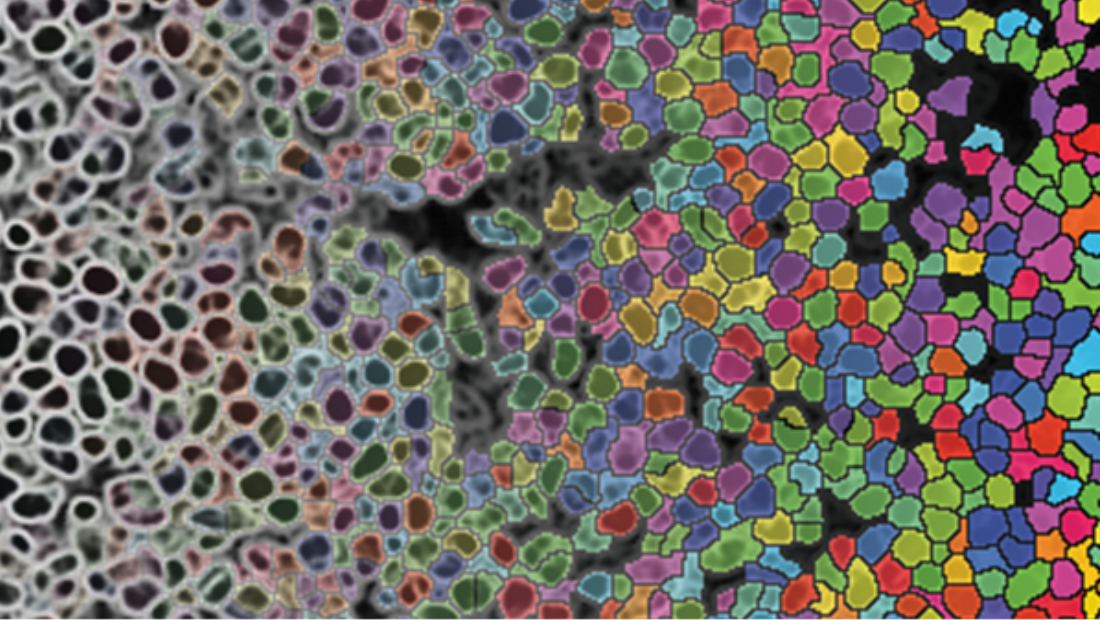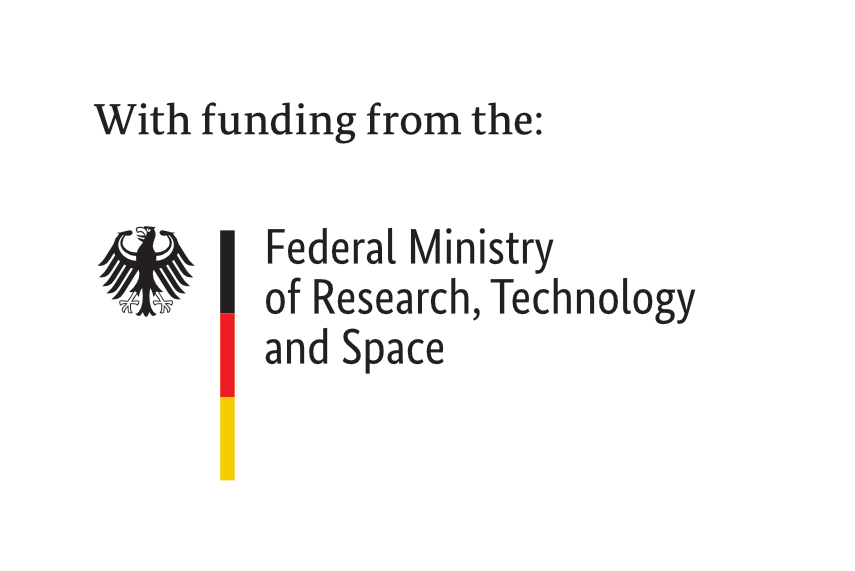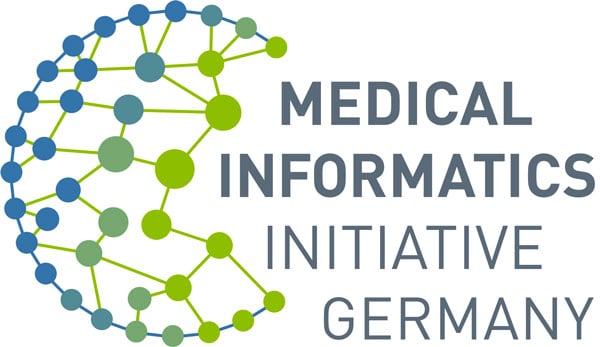Junior Research Group | SpatialOmics
Spatially resolved highly multiplexed analysis of tissues at single cell resolution
About the Project
Despite major advances in genomics and molecular cell biology in recent decades, histology remains the cornerstone of diagnostic pathology. Rapid analysis by a trained pathologist is often the gold standard for treatment selection.
Novel imaging technologies enable detailed cellular profiling by measuring tens of antibodies and hundreds to thousands of transcripts with subcellular resolution. In the near future, these technologies could help to discover new features for the stratification, diagnosis and treatment of diseases.

A major challenge shared by all these technologies is the downstream analysis of these complex and large data sets. The initial situation is very similar to that of satellite imagery in the 1970s, where imagery was mainly analyzed by domain experts with limited automation. Google Maps and related software packages improved the situation by combining segmentation and annotation with a powerful and intuitive user interface. We are facing a very similar shift in biomedical imaging and digital pathology today.
Picture to the left & header: ©Clarence Yapp
"One of our goals is to create a “Google Maps” for tissues so that biologists and clinicians can effectively locate disease signatures with high accuracy."
Dr. Denis Schapiro
Head of Junior Research Group SpatialOmics | Institute for Computational Biomedicine and Institute of Pathology | University Hospital Heidelberg and Heidelberg University
Goals | The JRG aims to drive spatial omics research forward by following these questions:
Goal 1: How can we improve and extend profiling of single cells in space and time?
Here we aim to use a variety of highly multiplexed imaging and spatial omics technologies to enable unprecedented insights into tissues through the integration of several different data types. We call this research direction: Spatial Multi Omics.
Goal 2: How can we use these new technologies to find novel biomarkers to improve patient’s outcome?
Here we aim to develop and maintain computational tools tailored for processing, analysis and visualization of highly multiplexed imaging and spatial omics data. This will enable clinicians to analyze their data in a similar way as they use Google Maps: Cloud-based, interactive and with a large, annotated datasets. Once linked to extensive clinical information, this will enable the discovery of a novel class of biomarkers: Topographic Biomarkers.
Goal 3: How can we improve our understanding of drug delivery and drug response in vivo?
Here we aim to develop novel functional assays to probe the effect of dozens of drugs directly in their environment of action. We call this research direction: Functional Spatial Omics.
Head of the Junior Research Group SpatialOmics
Dr. Denis Schapiro
Institute for Computational Biomedicine and Institute of Pathology | University Hospital Heidelberg and Heidelberg University
Members of the Junior Research Group SpatialOmics
Dr. Florian Wünnemann
Postdoc | Institute for Computational Biomedicine | University Hospital Heidelberg and Heidelberg University
Dr. Victor Perez
Postdoc | Institute for Computational Biomedicine | University Hospital Heidelberg and Heidelberg University
Miguel Ibarra
PhD candidate | Institute for Computational Biomedicine | University Hospital Heidelberg and Heidelberg University
Charlotte Westhoven
RESEARCH ASSISTANT | Institute for Computational Biomedicine | University Hospital Heidelberg and Heidelberg University
Margot Chazotte
Master Student | Institute for Computational Biomedicine | University Hospital Heidelberg and Heidelberg University
Chiara Schiller
Master Student | Institute for Computational Biomedicine | University Hospital Heidelberg and Heidelberg University
Kresimir Bestak
Master Student | Institute for Computational Biomedicine | University Hospital Heidelberg and Heidelberg University


